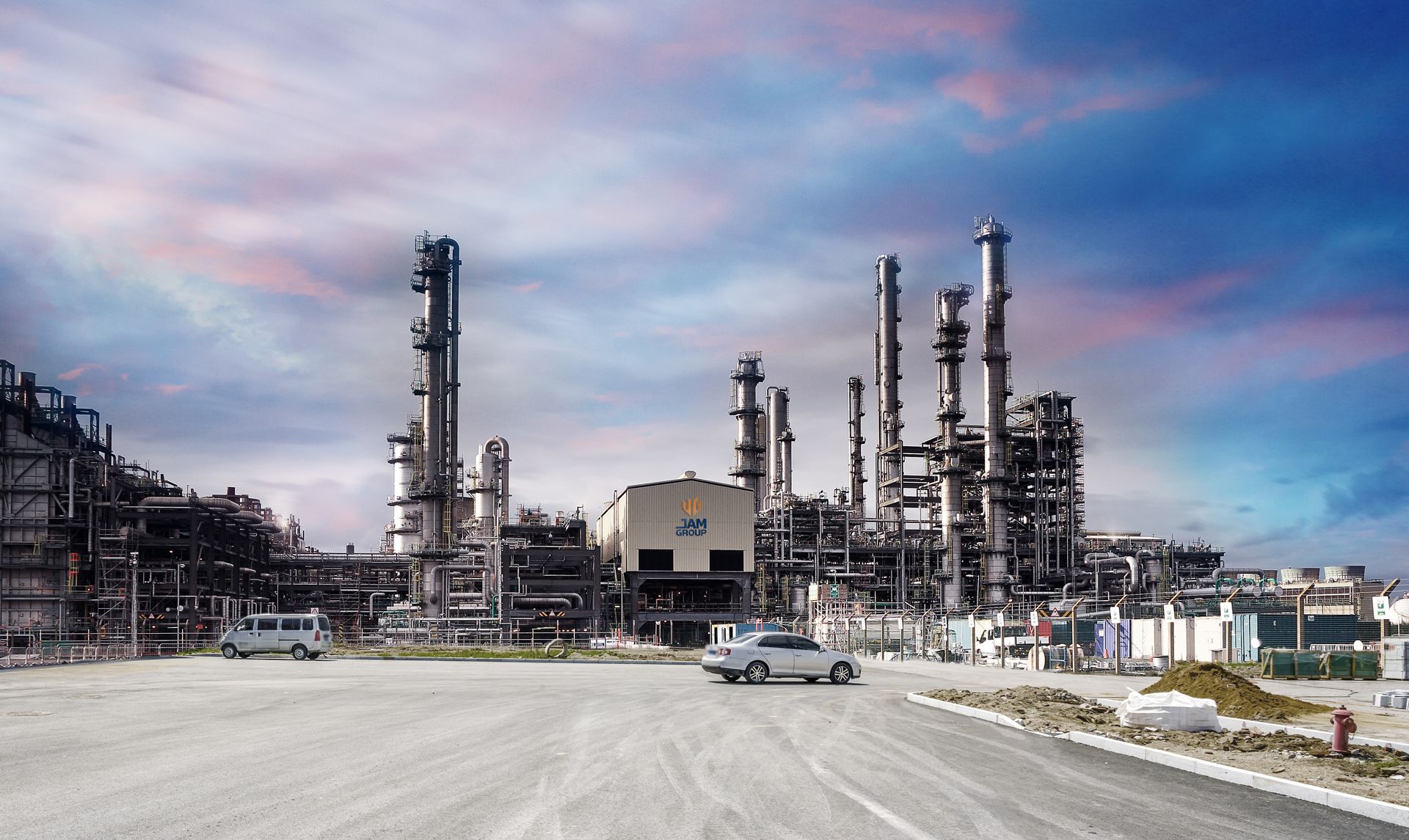Understanding the factors in the pricing of chemicals like sodium hydrosulfide is critical for businesses and industries that rely on these substances. Price fluctuations greatly impact manufacturing costs, profits, and overall operational effectiveness. Elements like purity, grade, market conditions, and compliance with laws greatly influence the price of chemicals. By understanding these distinctions, companies can make wise decisions, optimize procurement tactics, and assure cost-effective operations. In today’s competitive world, where every cost-cutting opportunity counts, a thorough understanding of pricing factors is vital for any company needing these essential chemicals. In this article, we will discover the factors affecting sodium hydrosulfide price and how to use them as opportunities to make a good deal.
A Short Glance at Sodium Hydrosulfide Market
Before delving into sodium hydrosulfide price and factors involving it, it is worth looking at the substance’s market. Due to its numerous uses in various sectors, the market for Sodium Hydrosulfide is a dynamic and crucial part of the chemical industry. This chemical compound, NaHS, is produced when sodium hydroxide and hydrogen sulfide undergo a half-neutralization reaction, resulting in a yellow solid material with distinct scents resembling H2S.
NaHS is widely used in the leather industry as a tanning agent to produce high-quality leather products. It also contributes to the sulfur content in paper and pulp production and is a critical flotation agent in copper mining operations. However, one of its most important functions is water treatment, where demand has increased as water pollution concerns have grown. The sodium hydrosulfide market, despite its significance, faces obstacles, such as high manufacturing prices and challenging production processes, which could impede its growth prospects.
Geographically, the market dynamics differ by region. Sodium hydrosulfide is in high demand in the Asia Pacific region, which is home to two prosperous centers for producing leather: India and China. In North America, the use of sodium hydrosulfide is expected to rise significantly due to strict government requirements on wastewater treatment in manufacturing sectors. Due to its growing use in the mining sector, the European market is anticipated to grow. Latin America, particularly Brazil, is primed for expansion because of the booming pharmaceutical industry’s demand for this adaptable chemical. These regional variations highlight the significance of the NaHS market and its function in meeting crucial industrial needs. At the end, it is worth mentioning that the sodium hydrosulfide price differs in each of these regions.
What are Sodium Hydrosulfide Price Factors?
The sodium hydrosulfide price is determined by a complicated interaction of multiple variables. Some are caused by the substance’s inherent qualities, like its grade, purity, and formulation. Others appear within the market, where factors, including market conditions, supply and demand dynamics, and currency exchange rates, are in play. The pricing is also influenced by outside variables, including regulatory compliance, customized needs, and even geopolitical impacts. A thorough grasp of these interrelated components is necessary to navigate this complex environment. You can learn about crucial factors in NaHS price trends in the following.
Purity of the Product
Sodium hydrosulfide price is tightly tied to its purity level, a critical component that considerably impacts its cost. Generally speaking, the purer a product is, the more expensive it is. This premium grade, distinguished by minimum contaminants, is especially sought after in specialized applications like food companies or the pharmaceutical industry. Stringent quality standards in these industries necessitate sodium hydrosulfide of outstanding purity to assure product integrity and safety. As such, the cost of producing and preserving the compound’s purity may result in a higher price. For further insights on the substance’s grades, you can peruse Sodium Hydrosulfide Solution and Solid Forms. To reach these standards, manufacturers engage in cutting-edge purification techniques, producing sodium hydrosulfide products that, despite their higher prices, satisfy the rigorous purity requirements for vital industries.
Currency Exchange Rates
Currency exchange rate fluctuations have a significant effect on sodium hydrosulfide prices on the international market. This influence is especially noticeable in international transactions involving multiple currencies. Changes in the value of the trade currency can directly impact the price of importing or exporting sodium hydrosulfide. A stronger local currency in relation to the exporting country’s currency can make sodium hydrosulfide more accessible to customers, thereby increasing demand. On the other hand, a weaker local currency can lead to increased import expenses, which might, therefore, push up sodium hydrosulfide prices for buyers. As a result, companies involved in international trade must carefully watch currency exchange rates to decide when to execute transactions.
Market Conditions
The pricing of sodium hydrosulfide is greatly influenced by market conditions, too. The dynamics of supply and demand are crucial in establishing the market price of this chemical. Prices tend to rise when demand for sodium hydrosulfide rises, or supply becomes constrained owing to various circumstances, such as production disruptions or fluctuations in raw material availability. In contrast, sodium hydrosulfide prices may stabilize or even fall in a market with a large supply and little demand. These market circumstances can be influenced by a variety of parameters, including economic trends, shifts in industrial requirements, and global events that affect the supply chain.
Packaging
The method in which sodium hydrosulfide is packaged can considerably impact its pricing. Different applications may necessitate specific packaging options to ensure the chemical’s safe transportation and storage, as direct contact with the chemical may cause some health issues. Due to the requirement to adhere to safety standards and avoid leaks or contamination, some sodium hydrosulfide suppliers offer high-quality, specific packaging that increases the product price. Package costs are determined by factors such as package material, size, and durability. Pricing may also be impacted by customized packaging options in sectors where accurate dosing and handling are essential. To ensure safety and cost-effectiveness, it is crucial to consider the type and quality of packaging needed for the intended usage when determining the sodium hydrosulfide price.
Supplier and Location
The price of sodium hydrosulfide is governed by its intrinsic properties and external factors, such as the supplier and location. Suppliers with excellent reputations for reliability and quality in strategic locations can substantially impact pricing. A supplier’s geographic position affects transportation costs and access to raw materials, affecting overall manufacturing costs. For instance, sodium hydrosulfide manufacturers in India have different pricing patterns than manufacturers in the Middle East. As a result, when calculating the product’s price, companies looking for sodium hydrosulfide should evaluate the supplier’s reputation, location, and production capabilities.
Regulatory Compliance
Ensuring regulatory compliance is a critical aspect impacting the sodium hydrosulfide price. Regulatory agencies require manufacturers and suppliers to comply with strict safety and quality standards. These requirements include a wide range of subjects, including handling, shipping, storing, and product purity. Achieving and sustaining compliance requires investments in quality control methods, safety processes, and certifications. Because of this, sodium hydrosulfide that satisfies these strict regulatory standards fetches a higher price on the market. This dedication to compliance protects product safety and emphasizes the necessity of providing a high-quality product to sectors that rely on sodium hydrosulfide for various applications.
Customization
Customization is critical in NaHS pricing, providing bespoke solutions to specific industrial needs. Some sodium hydrosulfide manufacturers accept demands for unique formulas or concentrations, necessitating additional production efforts and tight quality control standards. This adaptability ensures that sodium hydrosulfide meets the needs of various applications, from water treatment to chemical processing. However, you must have a general knowledge of the substance’s properties to understand the essence of such customizations.
It is also worth mentioning that the customized procedure involves additional expenses, which could increase prices. Industries that require customized sodium hydrosulfide solutions value this choice since it improves the product’s compatibility with their specific processes, contributing to efficient and effective outcomes.
How to Find a Reliable Sodium Hydrosulfide Manufacturer?
Many important factors influence your decision-making while looking for a reputable sodium hydrosulfide manufacturer. First and foremost, evaluate the manufacturer’s location. Select a supplier that is perfectly positioned to enable effective logistics and prompt deliveries, minimizing any potential delays to the operation. Evaluate their packaging strategies as well. A trustworthy manufacturer should provide specific packaging solutions that promote safety throughout transportation and storage, ensuring the product’s integrity. Additionally, ensure the producer complies with all international regulatory requirements and certifications. This ensures the sodium hydrosulfide’s quality and safety and reflects their dedication to using the best techniques available.
JAM Group Co. distinguishes itself as a reliable and trustworthy manufacturer of sodium hydrosulfide, incorporating all the vital characteristics that discerning customers demand. JAM Group Co. manages a continuous supply chain that effectively meets a range of international requirements thanks to the company’s well-equipped facilities, one in East Europe and one in the Middle East. Their focus on addressing customers’ unique safety and transportation requirements is further demonstrated by their commitment to providing a variety of packaging plans. Additionally, the company’s constant dedication to meeting all international regulatory requirements ensures JAM Group’s Sodium hydrosulfide quality, safety, and reliability.


